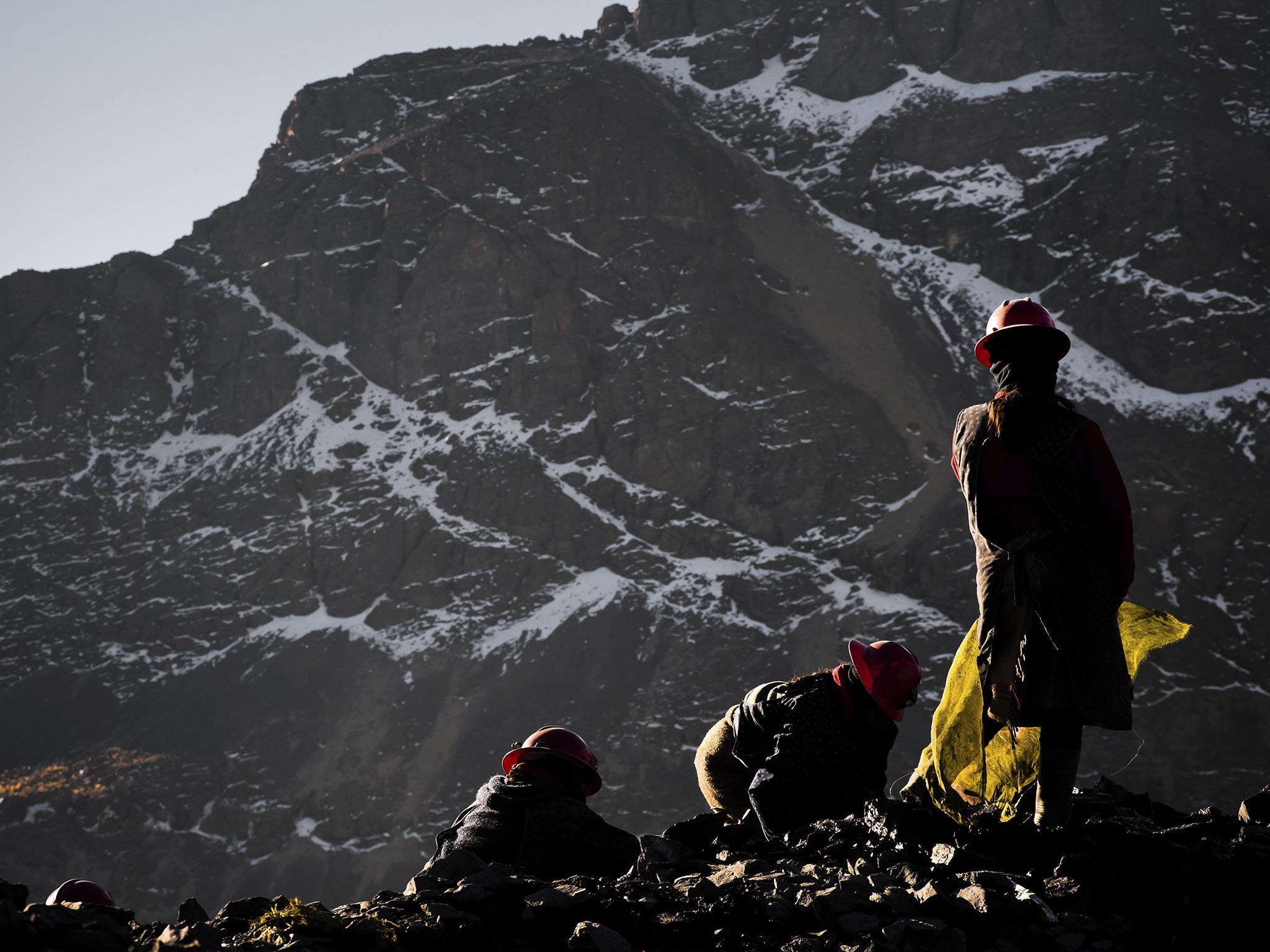New discoveries show more contact between far-flung prehistoric humans than first thought
Evidence found of contact between Easter Islanders and South America

Your support helps us to tell the story
From reproductive rights to climate change to Big Tech, The Independent is on the ground when the story is developing. Whether it's investigating the financials of Elon Musk's pro-Trump PAC or producing our latest documentary, 'The A Word', which shines a light on the American women fighting for reproductive rights, we know how important it is to parse out the facts from the messaging.
At such a critical moment in US history, we need reporters on the ground. Your donation allows us to keep sending journalists to speak to both sides of the story.
The Independent is trusted by Americans across the entire political spectrum. And unlike many other quality news outlets, we choose not to lock Americans out of our reporting and analysis with paywalls. We believe quality journalism should be available to everyone, paid for by those who can afford it.
Your support makes all the difference.The great global migration of early humans out of Africa went further and higher than previously thought according to two sets of discoveries which suggest that the inhabitants of Easter Island in the Pacific had contact with the people of South America, who in turn had established the highest Stone Age settlement in the world.
The long and controversial debate over whether the early Polynesians managed to completely cross the Pacific Ocean and land in the Americas is supported by a genetics study of the indigenous Easter Islanders, which found that they share DNA sequences with Native Americans – suggesting close contact between the two populations.
Meanwhile in a separate study, archaeologists working in the southern Peruvian Andes have unearthed the remains of an early human settlement nearly 4,500 metres (15,000ft) above sea level, which would have been at the physical limits of surviving and for women to bear children, scientists said.
The archaeologists estimate that the settlement, which includes a stone shelter decorated with rock art, was occupied about 12,000 years ago, within about 2,000 years of the first humans arriving in South America from Central and North America.
Living at such a high altitude would have been difficult because of the cold temperatures, high solar radiation and low oxygen concentrations, but the evidence, which included stone tools used for butchering animals, suggested that the site was occupied for long periods of time.
“We don’t know if people were living there year-round, but we strongly suspect they were not just going there to hunt for a few days, then leaving. There were possibly even families living at these sites, because we’ve found evidence of a whole range of activities,” said Sonia Zarrillo of the University of Calgary in Canada, one of the authors of the study published in the journal Science.
While it is accepted that the Americas were first colonised by people crossing from Asia on a land bridge to Alaska, some scientists have suggested that there was a second colonisation from the east by Polynesians who had experience of sailing long distances in double-hulled canoes.
Two further studies, published in the journal Current Biology, lends support to this controversial hypothesis by discovering genetic links between the native inhabitants of Rapanui – Easter Island – and the indigenous people of South America. This suggests there was contact and interbreeding between the remote Pacific island and the American mainland long before the arrival of the first Europeans.
Anna-Sapfo Malaspinas of the Natural History Museum of Denmark, and colleagues, analysed the DNA of 27 native Rapanui people and found that their genomes on average were about 76 per cent Polynesia, eight per cent Native American and 16 per cent European.
However, further analysis showed that although the European lineage could be explained by contact with white Europeans after the island was “discovered” in 1722 by Dutch sailors, the South American component was much older, dating to between about 1280 and 1495, soon after the island was first colonised by Polynesians in around 1200.
This suggested that either South American Natives had sailed west to Rapanui or that the Rapanui has continued to sail east to South America, and then somehow made the return journey back to the island, nearly 2,500 miles away.
“All sailing voyages heading intentionally east from Rapa Nui would always reach the Americas with a trip lasting two weeks to approximately two months. The return trip appears more challenging,” the scientists said.
Although the latter journey was more difficult, it could also explain why the sweet potato – a native plant of South America – had been grown and eaten across Polynesia long before the first Europeans arrived, they said.
In yet another study, Professor Eske Willerslev of the Natural History Museum in Denmark found that the DNA of two ancient skulls found in Brazil – from the indignenous “Botocudos” natives – have a distinct Polynesian ancestry, with no DNA sequences that can be described as unique to Native Americans.
Join our commenting forum
Join thought-provoking conversations, follow other Independent readers and see their replies
Comments